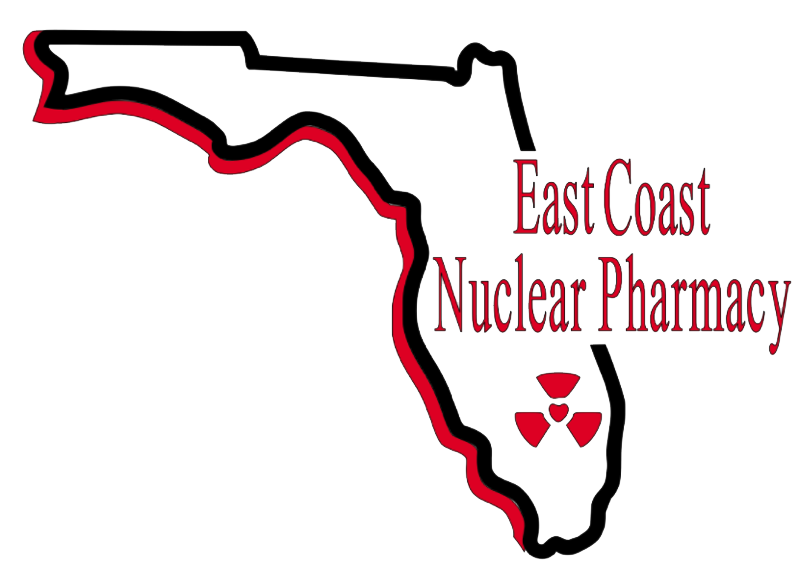LEU Tc99m
The LEU TechneLite® (Technetium Tc 99m Generator) generator is a technetium-99m (Tc-99m) generator that provides the essential medical isotope used by hospitals and radiopharmacies to radiolabel a variety of radiopharmaceuticals requiring Tc-99m, which are used in critical diagnostic imaging tests. Lantheus received FDA approval for the commercial use of LEU in 2010 and has used a blend of Highly Enriched Uranium (HEU) and LEU Mo-99 in its TechneLite® generators in the U.S. market since 2011. This is the first Tc-99m generator in the United States that contains at least 95 percent non-HEU-sourced molybdenum-99 (Mo-99) that meets the Centers for Medicare and Medicaid Services criteria for the incremental add-on HOPPS reimbursement. With greater access to LEU-Mo-99 through its supply chain diversification strategy, Lantheus can now move closer to its goal of eventually eliminating HEU-sourced Mo-99 from its supply chain.
With the introduction of our LEU TechneLite® generator for use in connection with nuclear imaging procedures, Lantheus fully supports the United States Government’s global nuclear security strategy to encourage reliable supplies of medical radioisotopes produced from non-HEU sources. On January 2, 2013, President Obama signed into law the American Medical Isotopes Production Act of 2011 (AMIPA) as part of the 2013 National Defense Authorization Act. The AMIPA encourages the domestic production of LEU Mo-99 and provides for the eventual prohibition of the export of HEU from the United States.
The company’s LEU and HEU-produced TechneLite® generators are equivalent in performance and use as recognized by FDA approval of LEU-produced Mo-99 generators. The only difference between the LEU TechneLite® generator and the standard TechneLite® generator is that LEU TechneLite® is produced using Mo-99 sourced from at least 95 percent LEU instead of HEU.
Fact vs Fiction
MYTH: LEU-sourced Mo-99 is not equivalent to HEU-sourced Mo-99.
FACT : LEU and HEU -sourced Mo-99 are equivalent in performance and use as recognized by FDA approval of LEU –produced Mo-99 generators. Lantheus’ TechneLite® generators using a blend of HEU and LEU were approved by the FDA for commercial use in 2010 and have been routinely used in the U.S. market since 2011. The only difference between the LEU TechneLite® generator and the standard TechneLite® generator is that LEU TechneLite® is produced using Mo-99 sourced from at least 95 percent LEU instead of HEU .
MYTH: LEU generators are not as efficient as HEU generators.
FACT : Lantheus’ LEU and HEU generators are equivalent in terms of both elution process and performance. LEU and HEU generators use the exact same isotope – Mo-99 – and the package inserts for both are identical.
MYTH: Radiopharmacies will have to report to the U.S. government how much LEU versus HEU was used when providing Tc-99m based unit doses.
FACT : There is currently no requirement for a radiopharmacy to report LEU and HEU usage to the U.S. government. When a hospital files for the recently implemented incremental reimbursement, it needs to show that it has met the conditions of the new service definition, as it does for any billed service. To assist hospitals in this process, Lantheus’ LEU generators have a unique product number which the radiopharmacy passes on to the hospital. To facilitate ease of identification in a radiopharmacy, each LEU generator also has a visual identifier on the generator can cover.
MYTH: Switching to LEU will have a negative effect on the Mo-99 supply chain and will exacerbate global shortages.
FACT: The U.S. government and the international community are committed to minimizing — and eventually eliminating — the use of HEU from all civil nuclear applications, at the same time preserving patient access to valuable medical procedures using medical isotopes. Historically, medical isotope production has been a significant consumer of HEU. The U.S. government has been working with ex-U.S. reactors and governments to encourage the conversion of Mo-99 production from using HEU to LEU targets. In addition, the U.S. government is currently providing funding for three domestic projects that plan to produce Mo-99 using non-HEU based technologies. These international and domestic initiatives should help stabilize the Mo-99 supply chain and minimize shortages, at the same time preserving patient access to LEU -sourced Mo-99 procedures.
MYTH: Lantheus does not have enough LEU capacity to meet the needs of the nuclear imaging community.
FACT : Lantheus recently announced its expanded access to LEU -sourced Mo-99 through an agreement with NT P Radioisotopes in South Africa. Under this five-year agreement, Lantheus will receive an increasing supply of LEU -sourced Mo-99 from NT P and the Australian Nuclear Science and Technology Organization (ANSTO ). Lantheus plans to increase its use of LEU -sourced Mo-99 each year starting in 2013, with a goal of eventually eliminating HEU -sourced Mo-99 from its supply chain. Lantheus believes that it is well-positioned to meet the LEU dose needs of the Medicare hospital outpatients.

